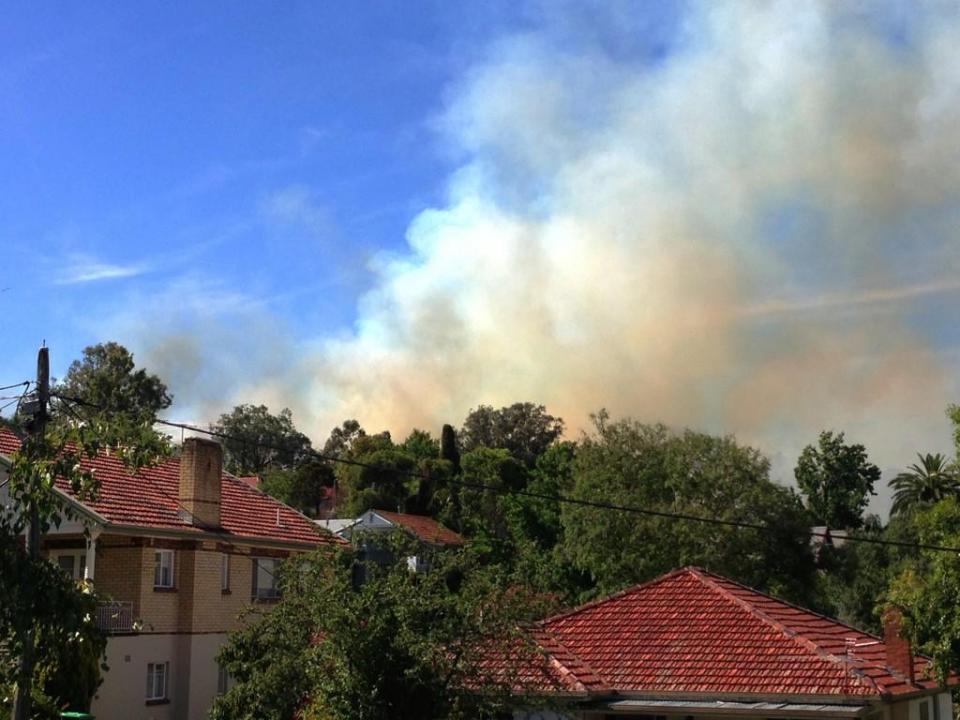End User representatives
This project was commissioned and funded entirely by the Department of Environment, Land, Water and Planning, Victoria.
Understanding the costs and benefits of bushfire response and other strategies such as planned burning is important for improving the efficiency and effectiveness of fire management policies and practices.
Social, economic and environmental impacts can be determined or estimated in terms of metrics such as lives lost, homes, assets and infra-structure destroyed and fences and stock lost. Impacts such as hours of services disrupted are more difficult to estimate. Some elements such as community trauma last for decades and cannot be easily assessed. Other longer term impacts such as the loss of water production and the follow-on economic impacts can be partially assessed in terms of litres of water production lost, but the complete economic value of this and other environmental services on community wellbeing and economic output less so. The current best method for this is the Socio-Economic Impact Assessment Model for Emergencies (SEIA Model) developed by the Victorian Office of the Emergency Services Commissioner in 2008.
Given these issues, a pragmatic approach is therefore needed to estimate the costs and benefits of fire suppression operations on an actual versus predicted area, impacts and subsequent costs on a fire and a programmatic basis.
It is proposed that such an approach should involve:
- The assessment 20 bushfire case studies from the 2013/14 season to gather detailed data on the accuracy of fire spread predictions, planned burning and fuel conditions, response actions, costs of fire control and planned burn operations and the actual impacts caused.
- The assessment of potential fire spread and impacts in the first 12, 24, 48 hours of an incident, and then over the length of the fires season for these case studies.
- The assessment of actual and potential costs and benefits (suppression and social, and economic and environmental impacts) for the whole fire seasons using all available SEIA data and lessons and principles defined from case studies described above.
- Advice on options and viability for longer term investments in this area.




